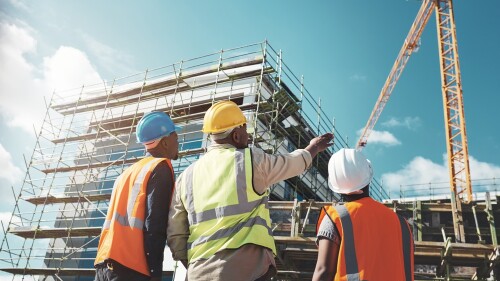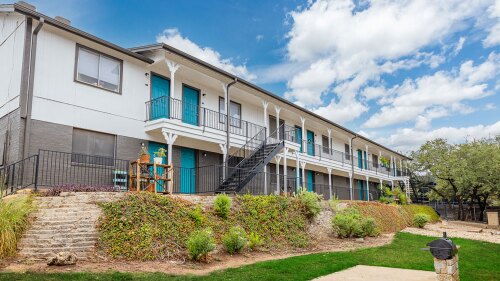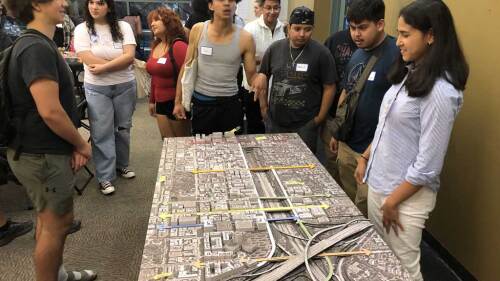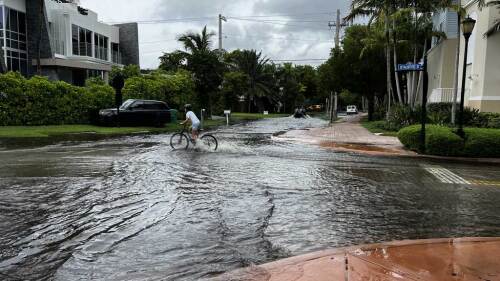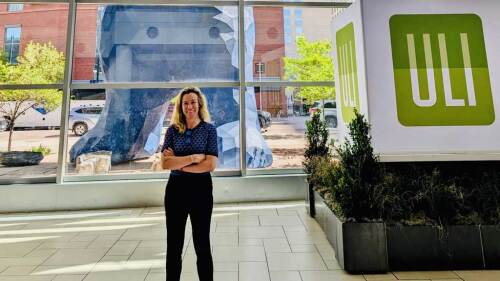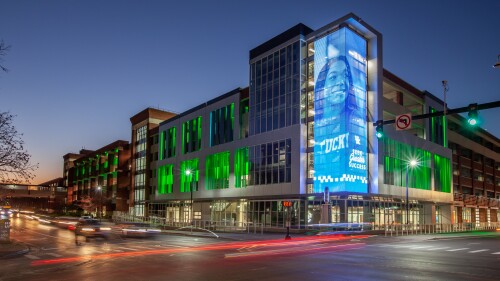Topics
Capital Markets and Finance
Despite a still tepid transaction market, commercial and multifamily mortgage loan originations increased in the second quarter—up 66 percent compared to a year ago, and up 48 percent from the first quarter of 2025, according to the Mortgage Bankers Association. But what is the outlook for access to debt and equity capital in the second half of the year? Apart from interest rates, where are the biggest pain points in the market for commercial real estate financing?
In 2015, Austin, Texas’ mayor at the time, Steve Adler, brought together business leaders, real estate professionals, and housing experts to take on the crisis in affordable rental housing and the risks it posed to the city’s workforce stability and economic sustainability. With insights and research from a ULI Technical Advisory Panel and ULI’s Terwilliger Center for Housing, the Austin Housing Conservancy fund was born, offering a revolutionary approach to preserving workforce housing. Now known as the Texas Housing Conservancy, the fund became the nation’s first to combine a nonprofit investment manager, Affordable Central Texas, with an open-end private equity fund.
A seminar organized by the ULI Singapore NEXT Committee presented attendees with the little-known concept of real estate “tokenization,” or fractional investing/trading, as a potential bridge between private investors and direct ownership. Although not new, tokenization in real estate is a niche market, particularly in Asia Pacific, with Singapore hosting a small number of the specialized digital platforms.
Design & Planning
Ten built environment projects from eight countries across the EMEA region have been announced as the finalists in the sixth annual ULI Europe Awards for Excellence, which recognize exemplary projects and programs in the private, public, and non-profit sectors. This year’s finalists comprise cutting edge refurbishment, restoration and new build projects, and include residential, healthcare, mixed use, education, community, laboratory, and office projects from Italy, Germany, the UK, Belgium, Sweden, Denmark, France, and Spain.
The opportunity to plan and design more than 50 acres of inner-city urban development in any city is significant, but in Pasadena, California, it is a possible inflection point in the city’s history, an opportunity to redress past mistakes, and to set the stage for future generations to benefit from perceptive and forward-thinking planning.
Two Art in Place roundtables, hosted by the Arts Council of Greater Baton Rouge and ULI Louisiana in July 2025, set out to reimagine culture as infrastructure—not just a source of murals or festivals, but a cornerstone of downtown’s growth.
Development and Construction
The OAK project began in 2009, when a development firm set their sights on the corner of Northwest Expressway and North Pennsylvania Avenue, the state’s most important and busiest retail intersection. As the region’s only parcel capable of supporting a vertically integrated project of this scale and density, that land represented an opportunity to create something truly special.
Following a masterplan adopted by British Land, the AustralianSuper pension fund, and the Southwark Council, developers are now seven years into a 15-year project to transform a 53-acre (21.44 hectares) parcel of industrial land and a former quay into a community that will include as many as 3,000 new homes, office, retail, leisure, and entertainment space.
The mission of the ULI Terwilliger Center for Housing has been to ensure that everyone has a home that meets their needs at a price they can afford. Established in 2007 with a gift from longtime member and former ULI chairman J. Ronald Terwilliger, the Center’s activities include technical assistance engagements, forums and convenings, research and publications, and an awards program. The goal is to catalyze the production and preservation of a full spectrum of housing options.
Resilience and Sustainability
As the race to net-zero emissions intensifies, one question looms: how to pay for it? According to the International Monetary Fund, global investment in climate solutions needs to jump from $900 billion in 2020 to a staggering $5 trillion annually by 2030. The real estate sector alone faces a $1.7 trillion-per-year price tag to decarbonize buildings and infrastructure to achieve net zero.
The Trump Administration is proposing further budget cuts to the National Oceanic and Atmospheric Administration (NOAA) for fiscal year 2026, which begins October 1. The agency, a branch of the U.S. Commerce Department, lost about 30 percent of its funding in 2025, and it is set to spend 14 percent less for climate research than Congress mandated. Real estate professionals often rely on NOAA data to make informed investment decisions, and the possible impact of the budget cuts could be significant for the industry.
Formerly at U.S. Department of Energy, Witteman discusses her mission to integrate sustainability and affordability in commercial real estate, revealing how ULI is leading the charge for decarbonized communities.
Issues and Trends
The only thing we can be certain of regarding the transition to battery electric vehicles (BEVs) is that, although that transition is inevitable, we have no reliable way of predicting how it will unfold. From politics and incentives to a Moore’s Law–like evolution in battery efficiency and charging speed, to fire safety improvements being designed into these vehicles, disruption remains the one constant. What does this likelihood mean for the intelligent future-proofer?
What if you were told that a brand-new, state-of-the-art building constructed today could be functionally obsolete in less than a decade? This prediction isn’t far-fetched; it’s the emerging reality in a world where technology and user expectations are evolving at a breakneck pace. And nowhere is it more apparent than in the world of parking.
Texas has experienced a prolonged economic boom, bringing with it a significant explosion in population. From 2000 to 2023, the state’s population grew by a remarkable 46.3 percent. This level of growth inevitably places pressure on cities, whether to update infrastructure, revise planning regulations, or address other critical urban challenges.

